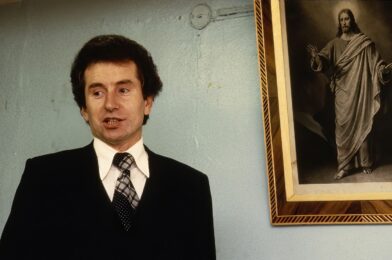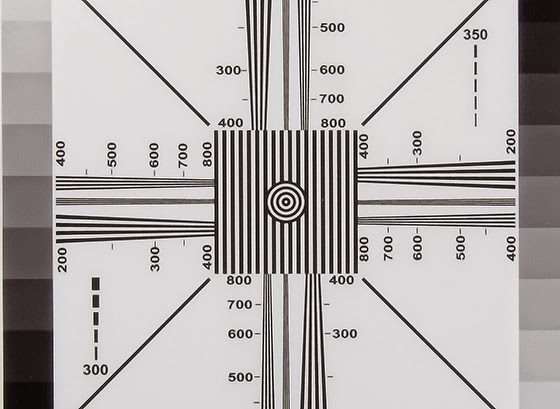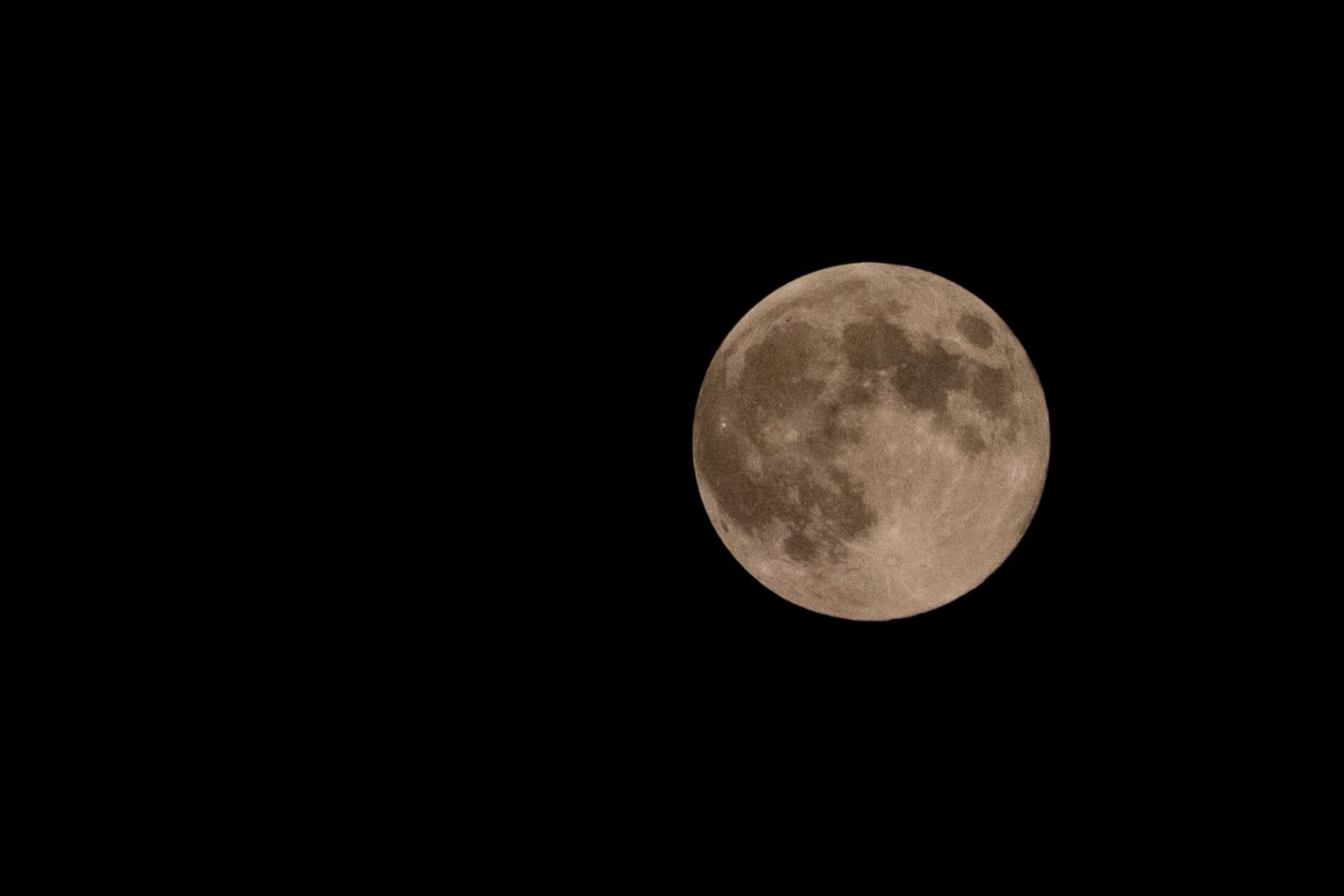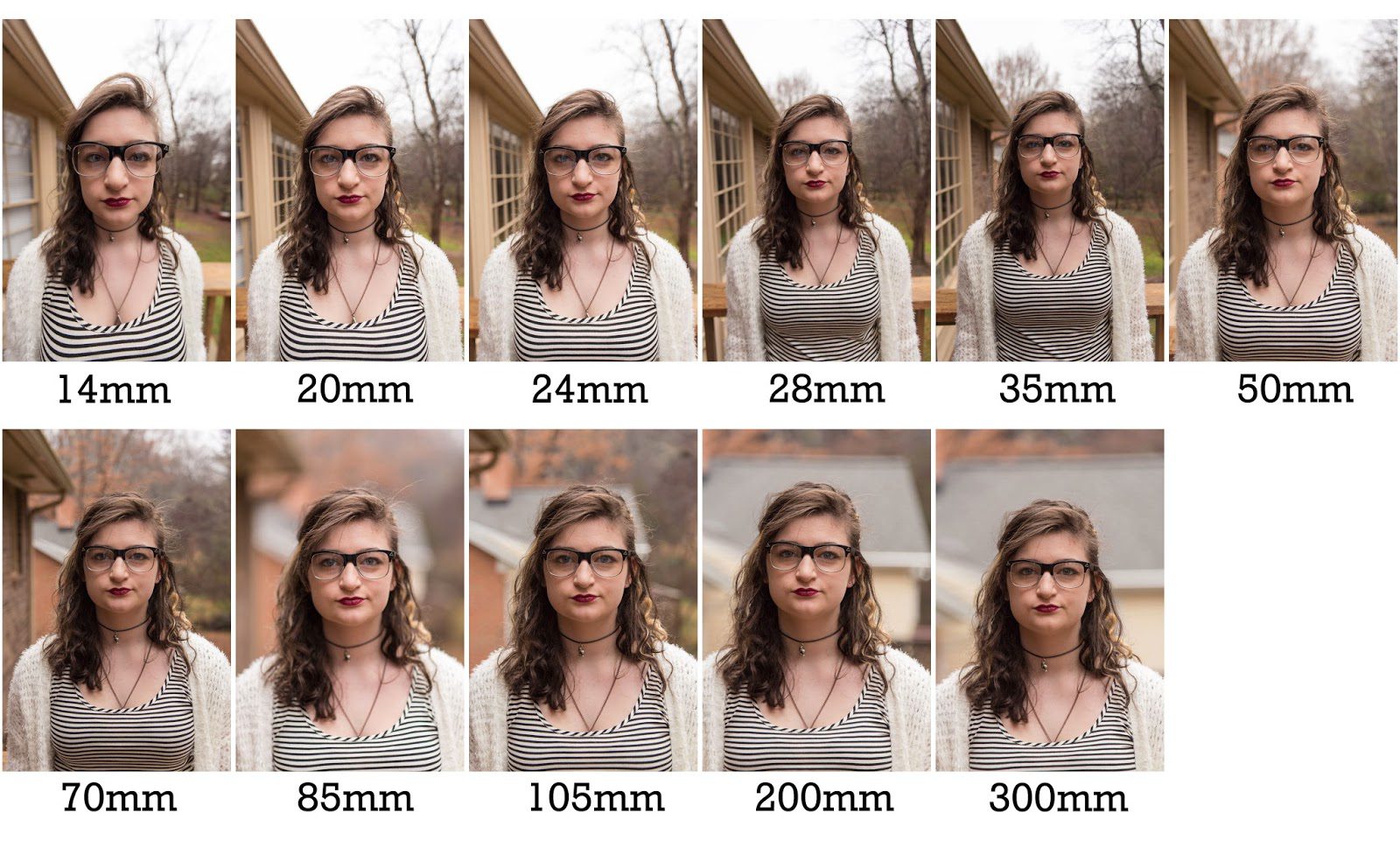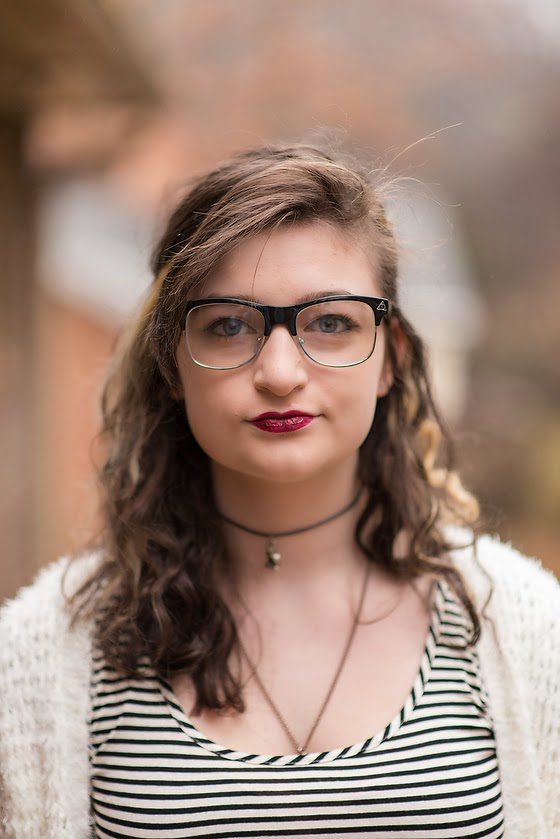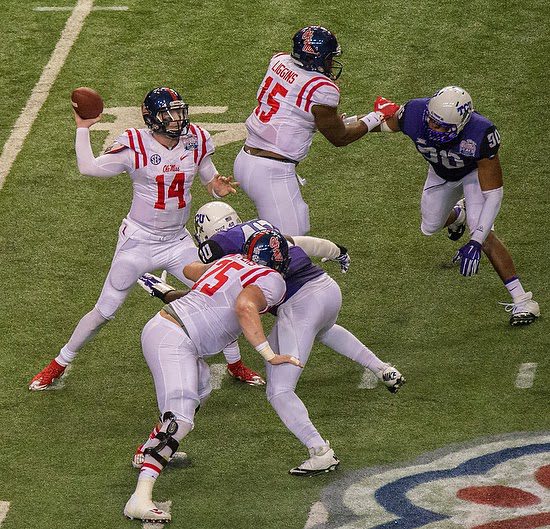| © Don Rutledge |
I returned today to look at Don Rutledge’s coverage in Russia in the 1980s. Don, more than anyone I ever knew, could tap into the audience’s subconscious through symbolism.
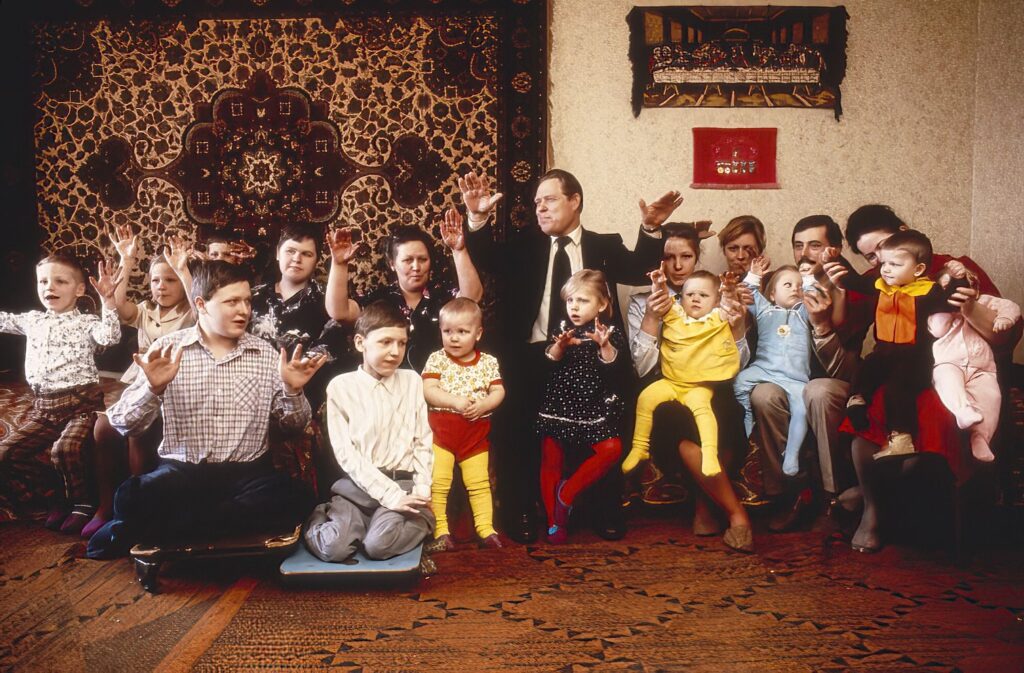
I love the photo of one of the pastors in Russia with the kids. What makes the image even more, is the artwork of “The Last Supper” by Leonardo da Vinci on the wall behind them.
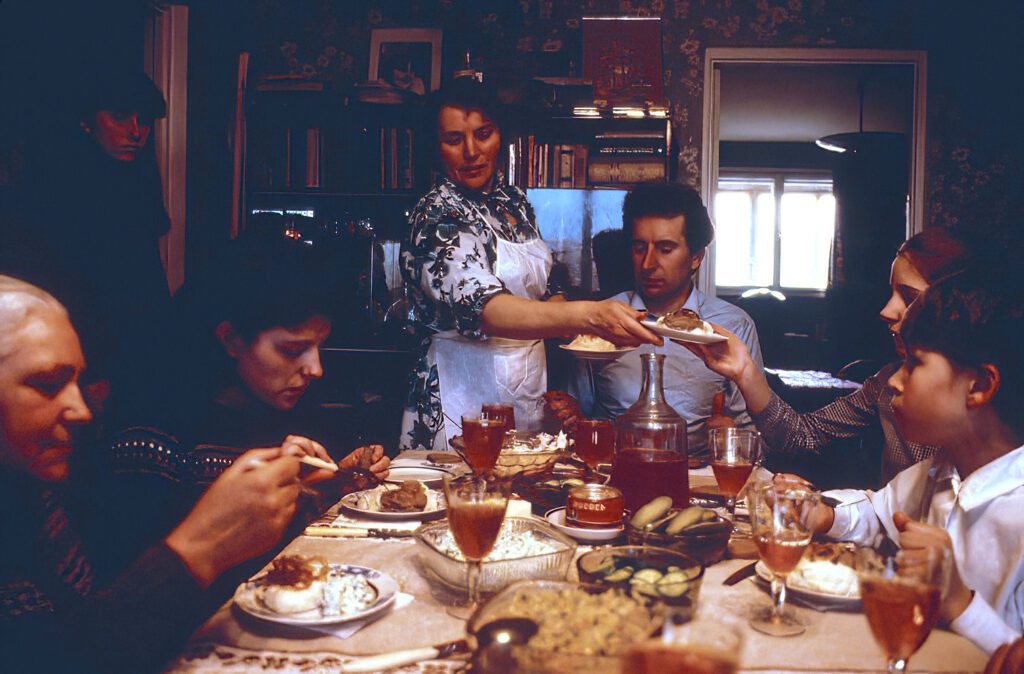
I remember sitting with Don as he projected each Kodachrome slide on the wall.
The Berlin Wall was still up at the time, and most Americans’ perceptions of the Russians were not reality. Don wanted to show how much we have in common with the people.
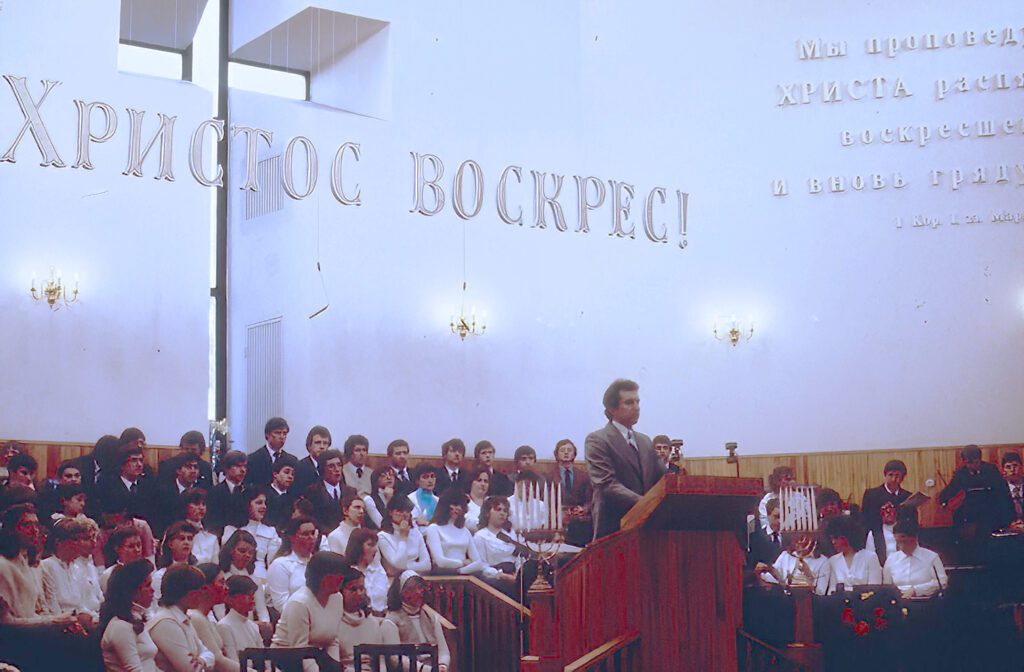
Once the audience can relate to the subject, then the message can come through. You can see how Don starts by first establishing the father’s role as a pastor. Then he shows the part of the mother cooking and taking care of the family, just as many women do here in our country.
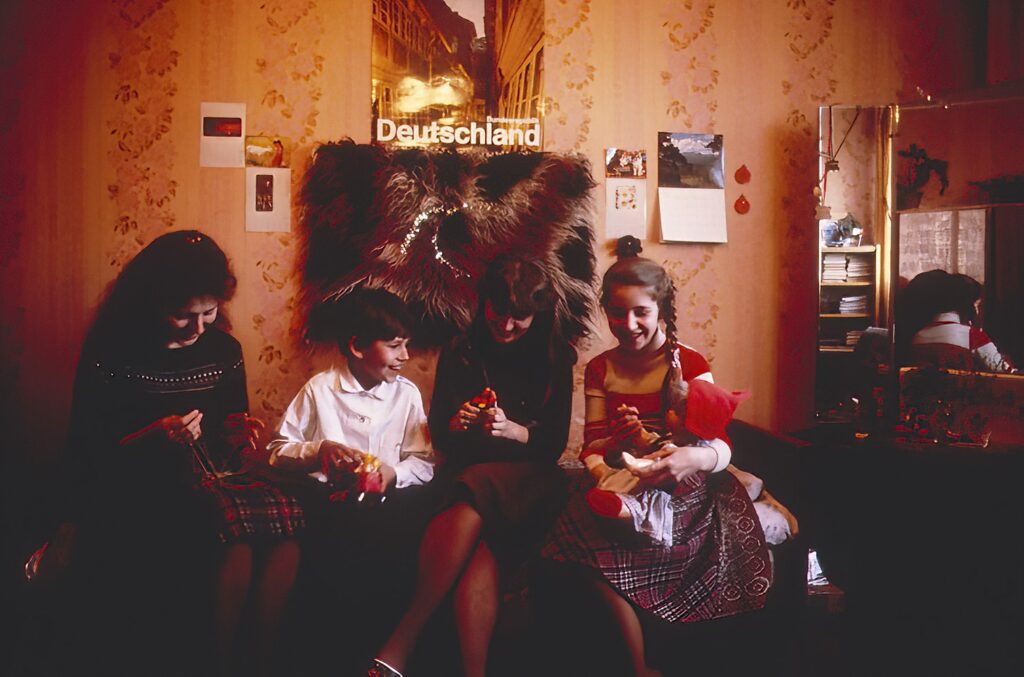
I was fascinated by how Don talked about just showing the teenagers’ room. He demonstrated how this would look like many teenagers in the state’s rooms might look.
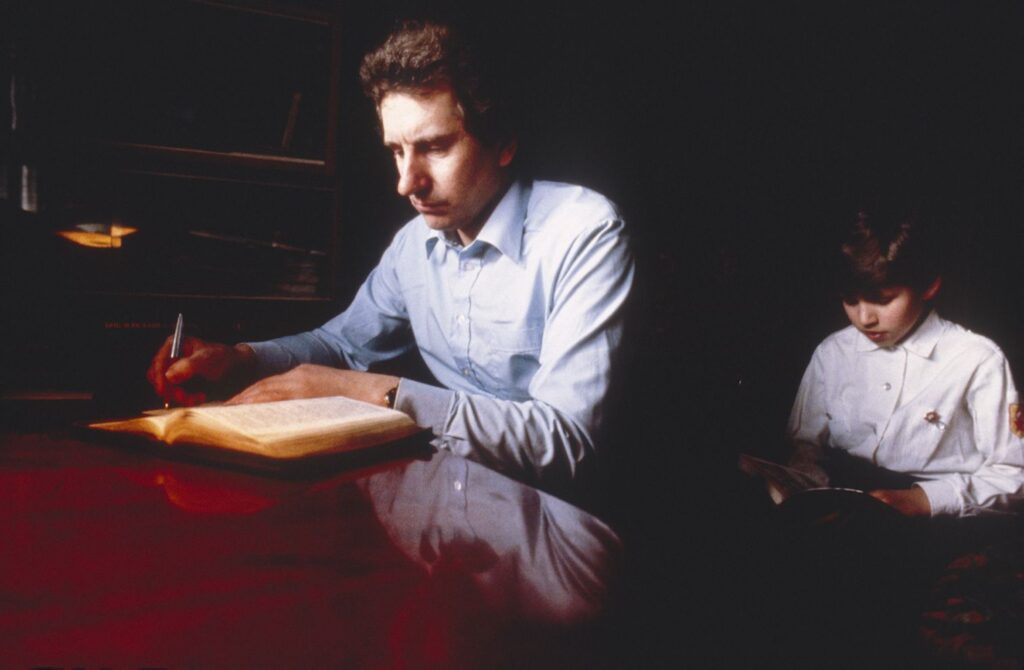
Here he shows how while dad is working on his sermon, his son is working on his homework.
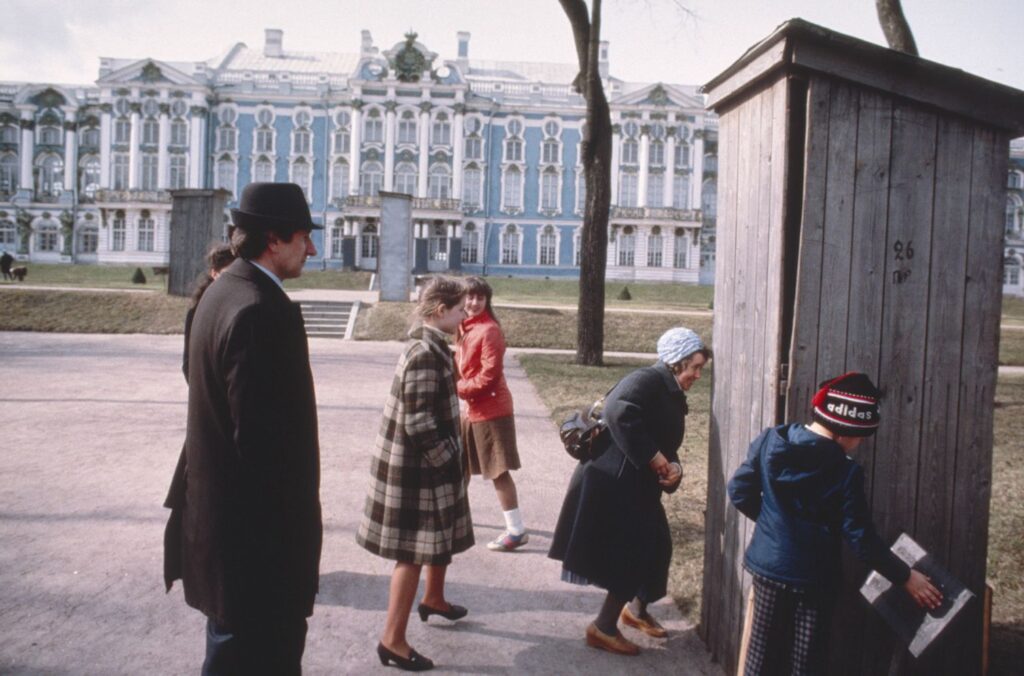
Here we see the family as curious as anyone would be about what is inside the box.
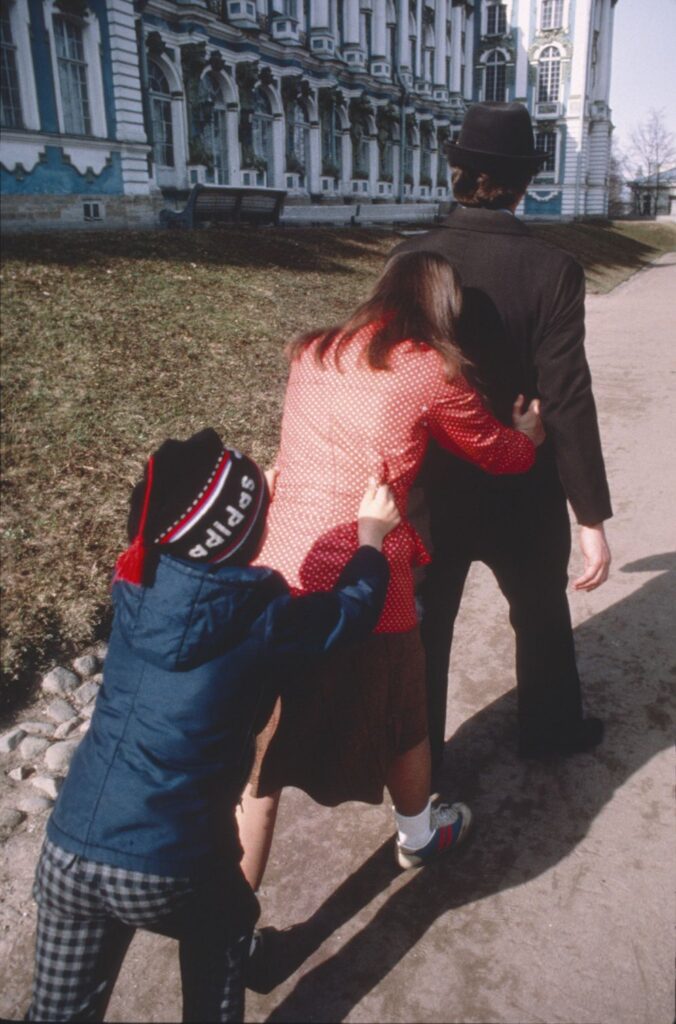
Here the kids are playing follow the leader. What is important to me was hearing how excited Don was about how similar the families were to Americans. Don’s excitement was genuinely childlike.
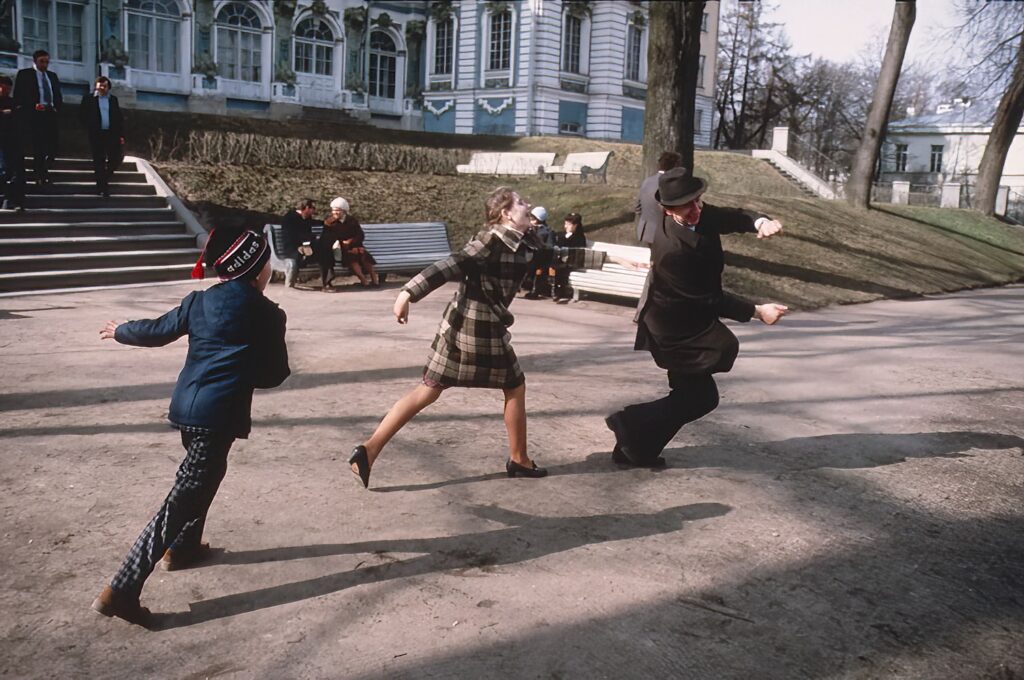
I felt a father’s love for his family as the photos continued. Here the children play tag with their dad.
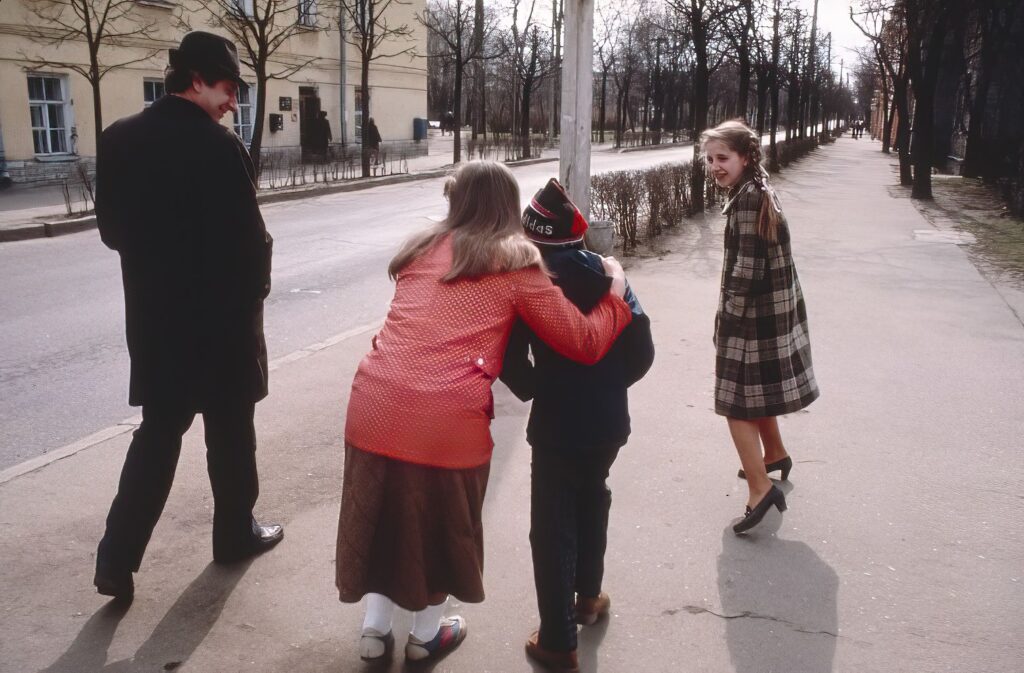
Here we see the children being mischievous in plotting something against their dad.
Lesson from Don Rutledge
- Give your subjects honor, dignity, and respect
- Look for visuals that you can include in the frame to drive home a message
- Leave things out of the distracting frame
- Keep a child’s perspective and excitement
- Look for visuals that have cross-cultural and language barriers to connect the subject and audience.
- Know your gear well enough to capture moments as they happen with natural light
- Be genuine and authentic with your subjects, so they permit you to capture them in any setting because of the trust you have established and honor.
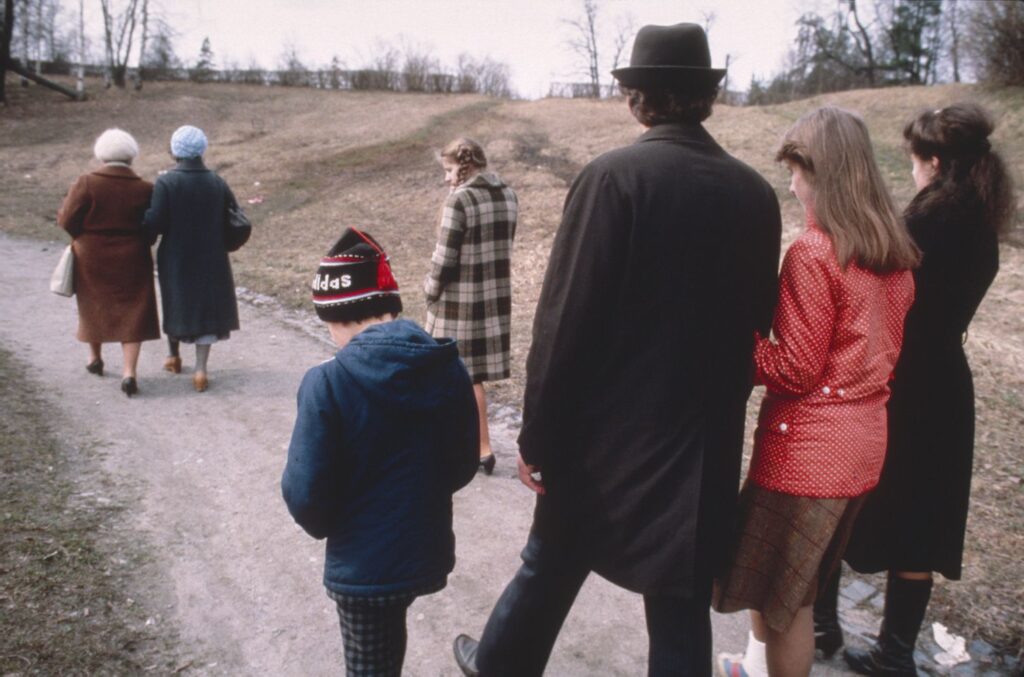
Slide show of the complete coverage:

